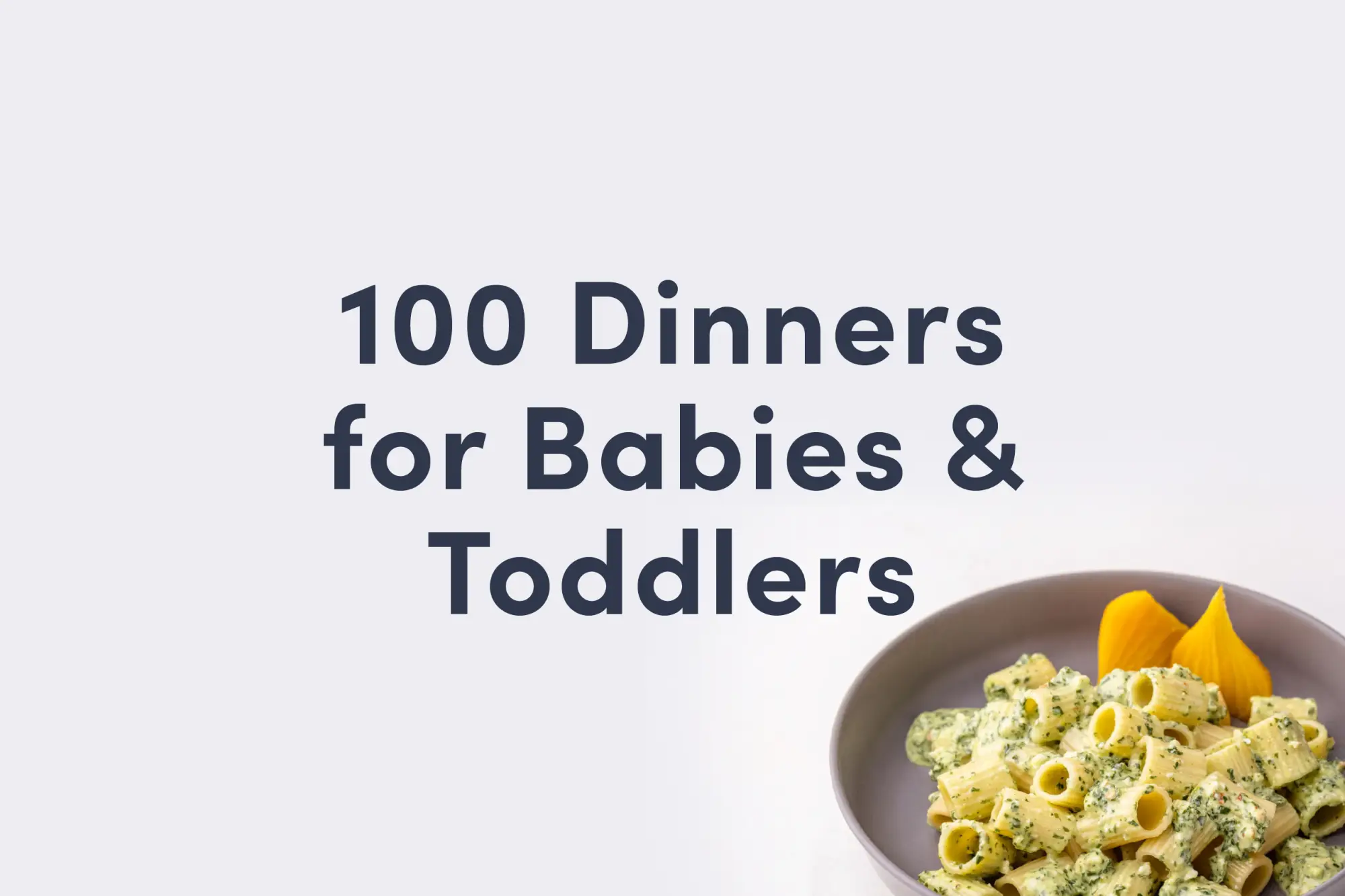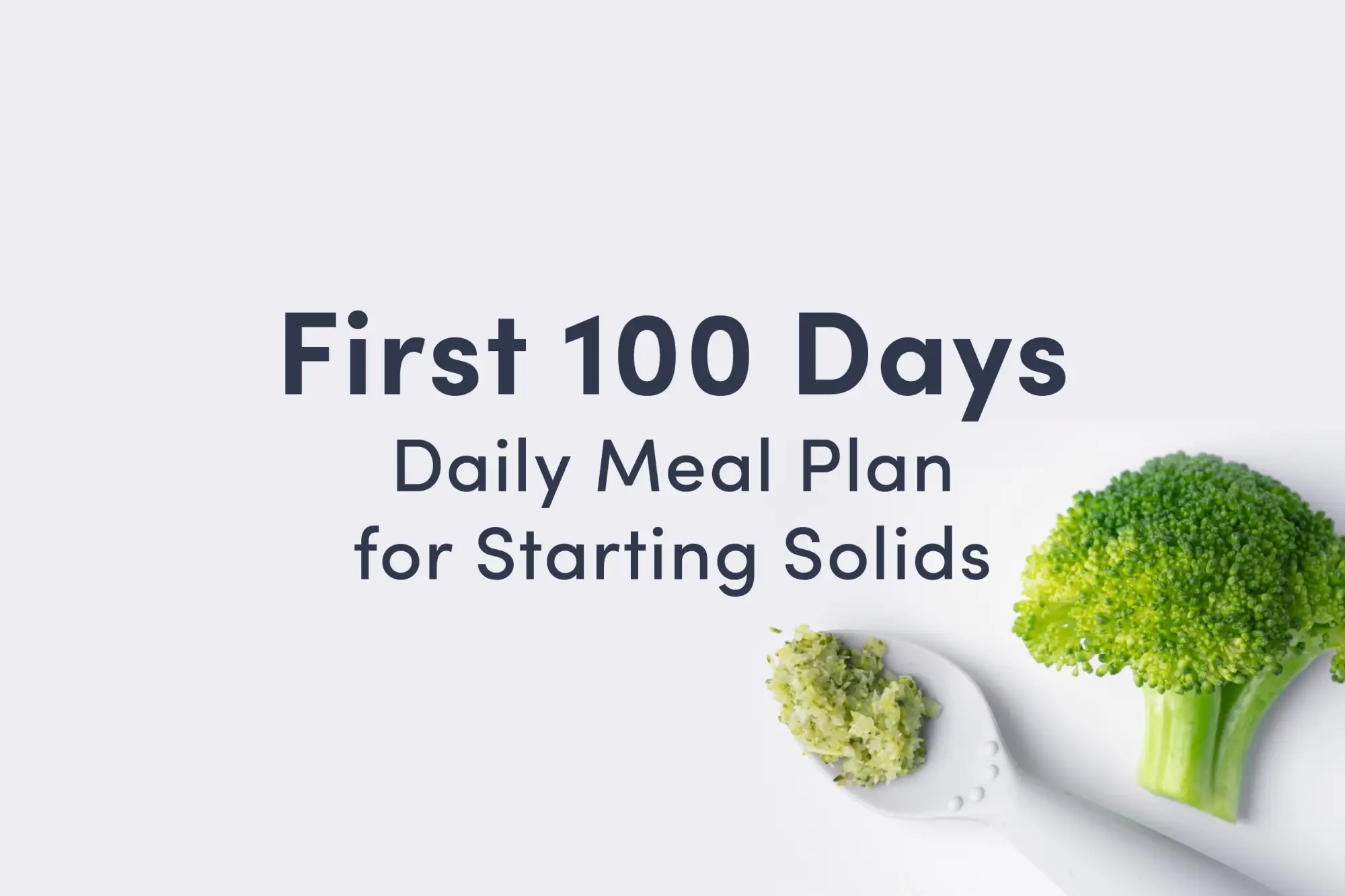Onion
Vegetable
Age Suggestion
6 months
Iron-Rich
No
Common Allergen
No
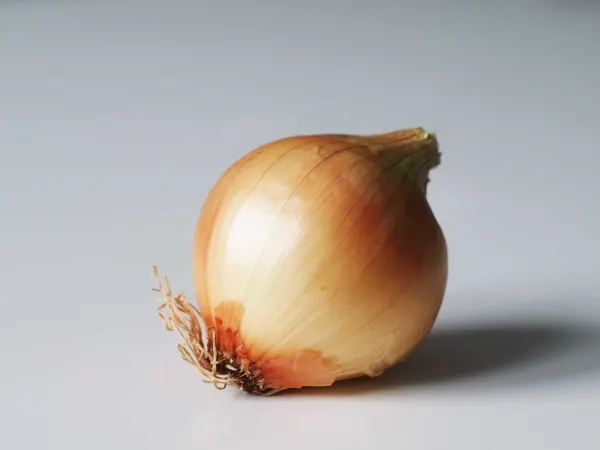
When can babies have onions?
Onions may be introduced as soon as baby is ready to start solids, which is generally around 6 months of age.
Sometimes called alliums (their Latin name), onions are part of the same family of plants that includes chives and garlic, and there are more than 500 species that grow in a range of climates. They are eaten fresh in salads, sandies, and salsas; baked in chapati, pletzel, and tarts; cooked in curries, moles, and sofrito; and preserved in kimchi, jam, and pickles.
Are onions healthy for babies?
Yes. Onions offer lots of vitamin C, which helps our bodies absorb iron from plant foods like hearty greens and legumes. Onions also contain three important members of the B vitamin family: biotin to power the nervous system, folate to support baby’s brain development, and vitamin B6 to process protein.
Onions, particularly red onions, are an incredible source of anthocyanins, flavonoids, and polyphenols—antioxidants that have been widely studied for their ability to prevent and fight cancer. An onion’s outer layers contain more of these plant nutrients than those closer to the inner bud, so try to peel only the skin.
Are onions a common allergen?
No. Onion allergies are rare, but they are not unheard of. Individuals with allergies to the lily flower or who have Oral Allergy Syndrome (also known as Pollen-Food Allergy Syndrome) may be sensitive to onions. People who are sensitive to garlic or chives may also be sensitive to onions as they are members of the same plant family.
As you would when introducing any new food, start by offering a small quantity on its own for the first few servings. If there is no adverse reaction, gradually increase the quantity over future meals.
Are onions a choking hazard for babies?
Yes. Raw onion can be firm and slippery, which are qualities that pose a high risk of choking. To reduce the risk, prepare and serve onion in an age-appropriate way. As always, make sure you create a safe eating environment and stay within an arm’s reach of baby during meals.
Learn the signs of choking and gagging and more about choking first aid in our free guides, Infant Rescue and Toddler Rescue.
Videos
Can babies have red onions?
Yes. Like any other type of onion, red onions should be prepared in an age-appropriate way to reduce the risk of choking. Compared to other colors of onion, red onions offer the highest levels of anthocyanins and quercetin, two flavonoids with various immune-supportive benefits.
Can babies have pickled onions?
Yes, if prepared in an age-appropriate way to reduce the risk of choking. Pickled onions are often high in sodium, but serving in moderation is completely fine.
How do you serve onions to babies?
Every baby develops on their own timeline, and the suggestions on how to cut or prepare particular foods are generalizations for a broad audience.
6 months old +:
Mix well-cooked minced, chopped, or sliced onion into other foods, such as casseroles of grains, legumes, or rice; egg dishes like frittatas, omelets, or salads; or protein-rich preparations like bean burgers, fish patties, or meatballs. You can also serve cooked onion in large slices or wedges for baby to munch on. Small, round varieties, such as pearl onion, pose a higher choking risk. These can be offered cooked, chopped, and mixed into other foods.
9 months old +:
Offer cooked onion in small chopped pieces or soft, thin slices. Serve the onion on its own or mixed into shared family meals. Small, round varieties, such as pearl onion, pose a higher choking risk. These can be offered cooked and chopped or smashed until flat.
12 months old +:
At this stage of development, larger pieces of well-cooked onion can help children build chewing and swallowing skills. At this age, you can also try serving raw onion, finely chopped or in thin slices. Small, round varieties like pearl onions can be cooked and served as desired. When you feel confident in a toddler’s ability to thoroughly chew food and not overstuff their mouth, you can serve pickled pearl onions, which can sometimes be more firm than cooked.
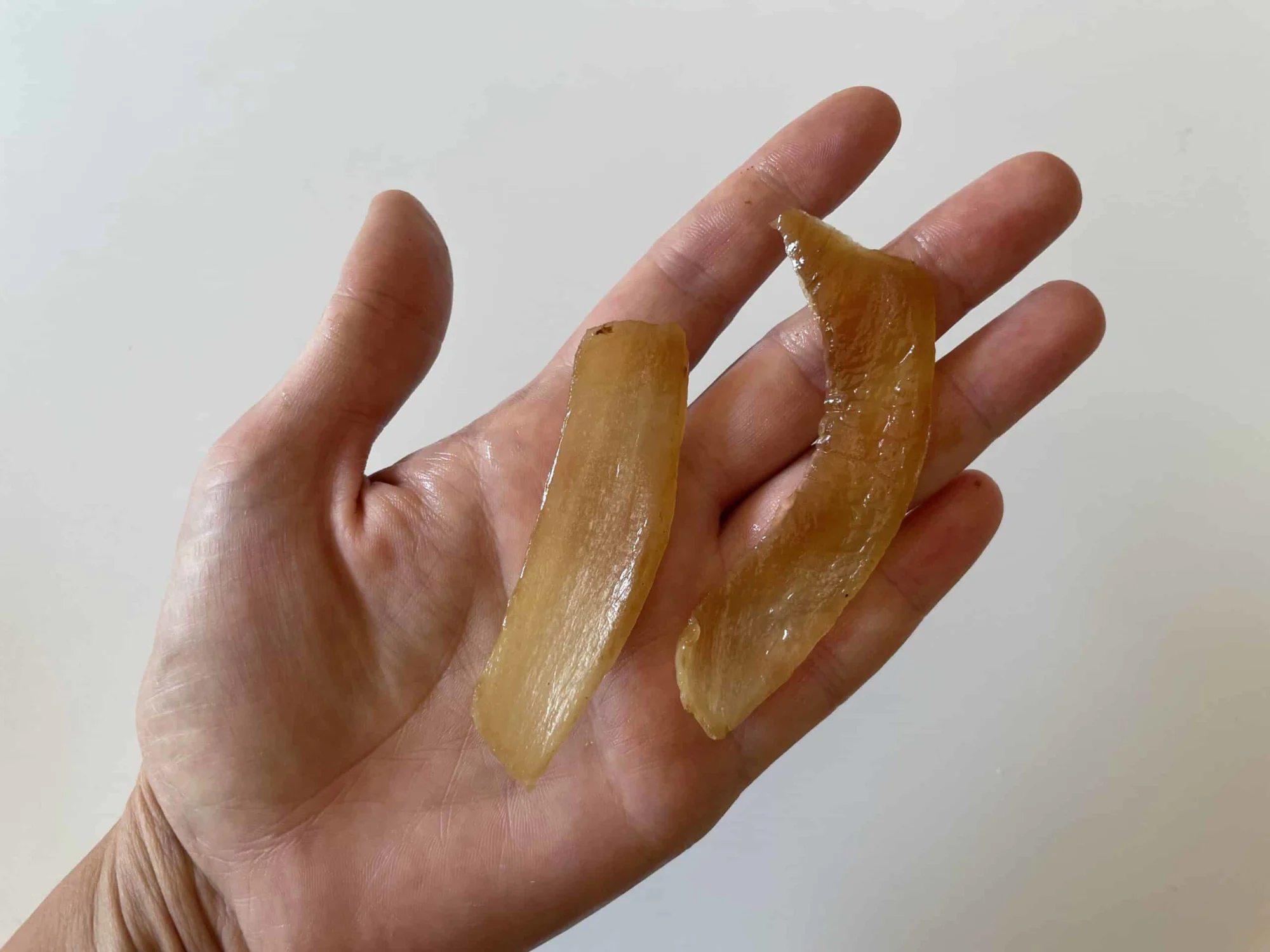
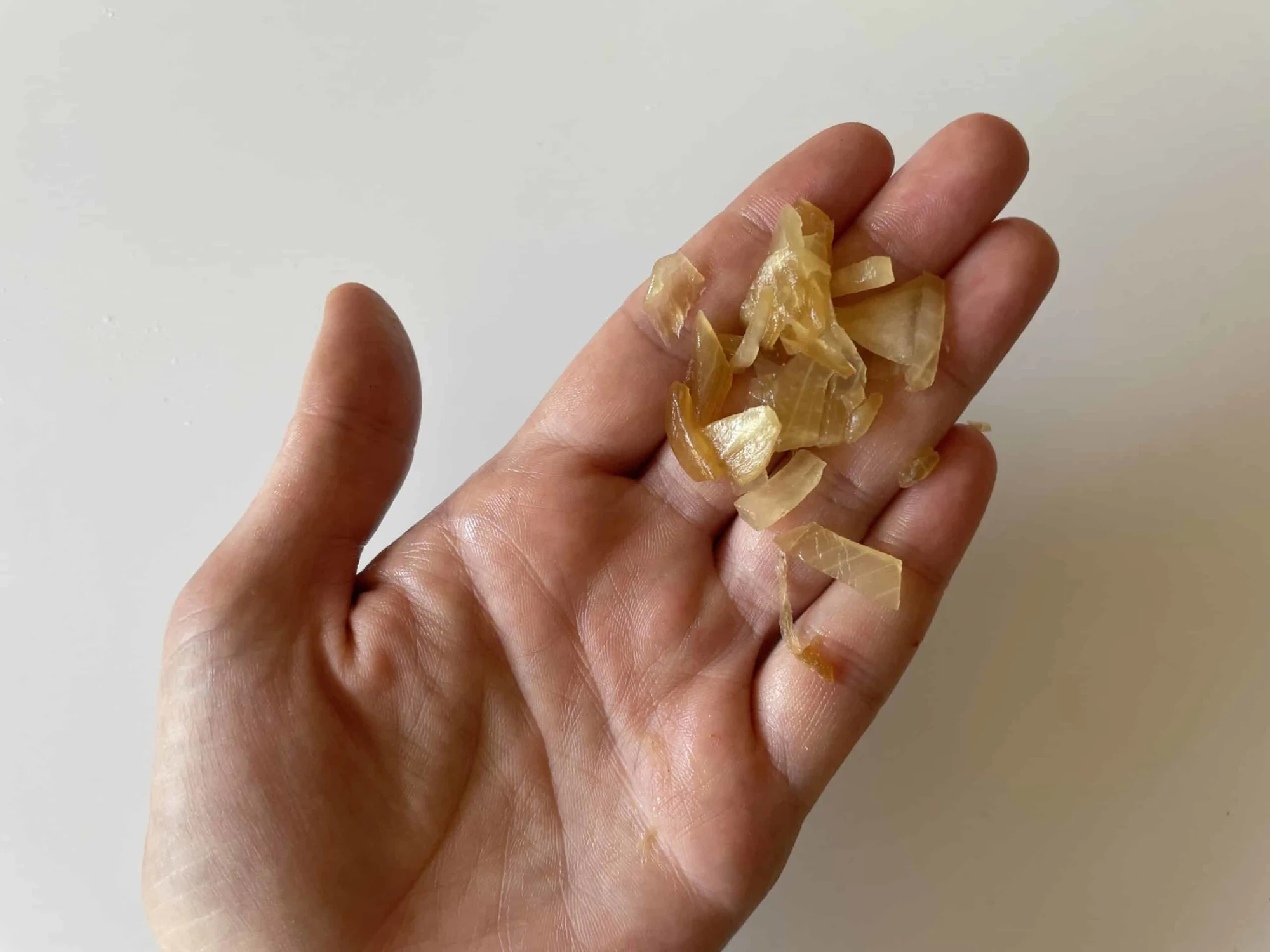
How to prepare onions for babies 6 months +
Learn if your baby is ready for solids on our Readiness FAQ page.
Written by
Expert Tips Delivered to Your Inbox
Sign up for weekly tips, recipes and more!
The content offered on SolidStarts.com is for informational purposes only. Solidstarts is not engaged in rendering professional advice, whether medical or otherwise, to individual users or their children or families. No content on this site, regardless of date, should ever be used as a substitute for direct medical advice from your doctor or your medical or health professional, nutritionist, or expert in pediatric feeding and eating. By accessing the content on SolidStarts.com, you acknowledge and agree that you are accepting the responsibility for your child’s health and well-being. In return for providing you with an array of content “baby-led weaning” information, you waive any claims that you or your child may have as a result of utilizing the content on SolidStarts.com.

